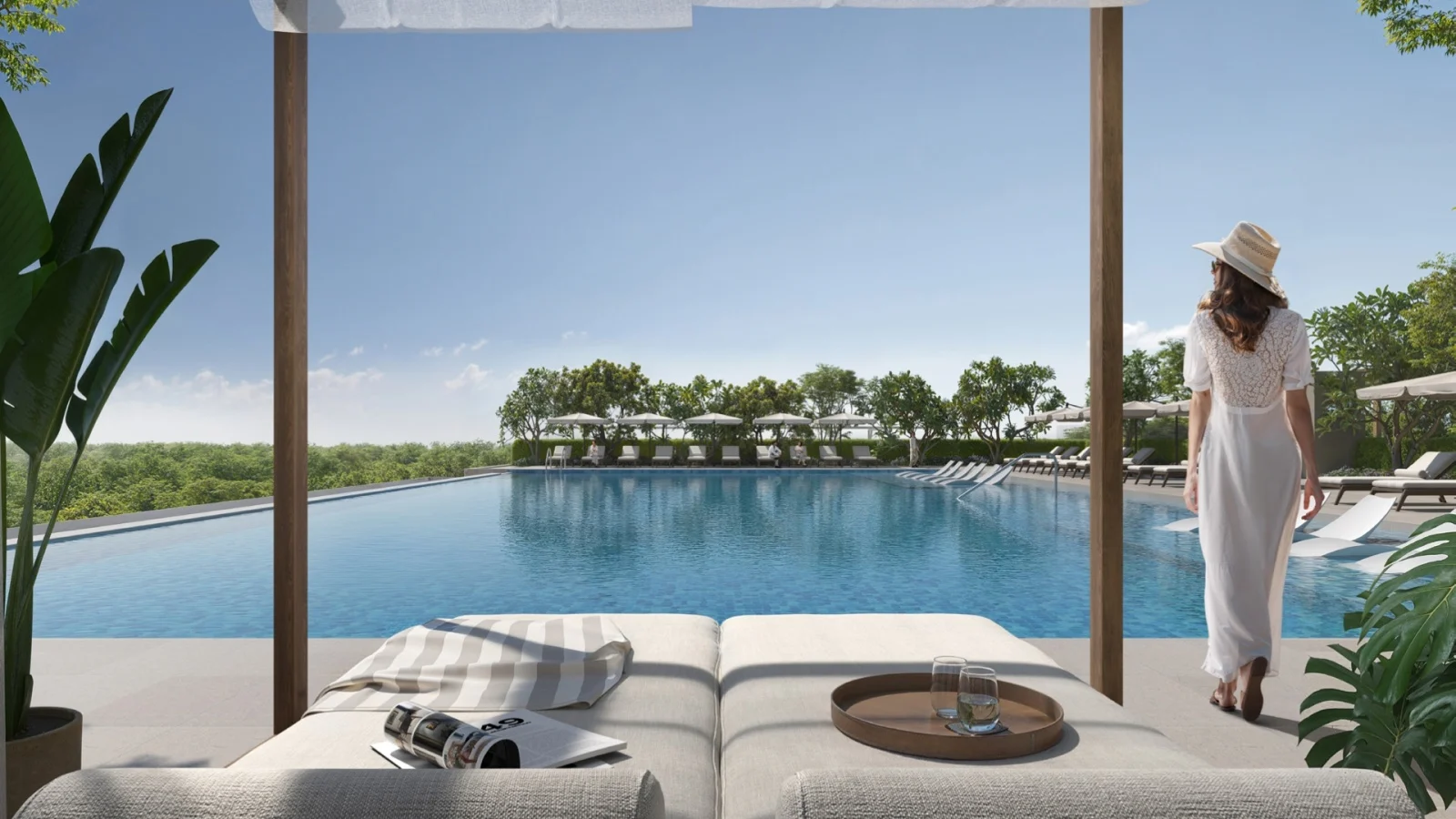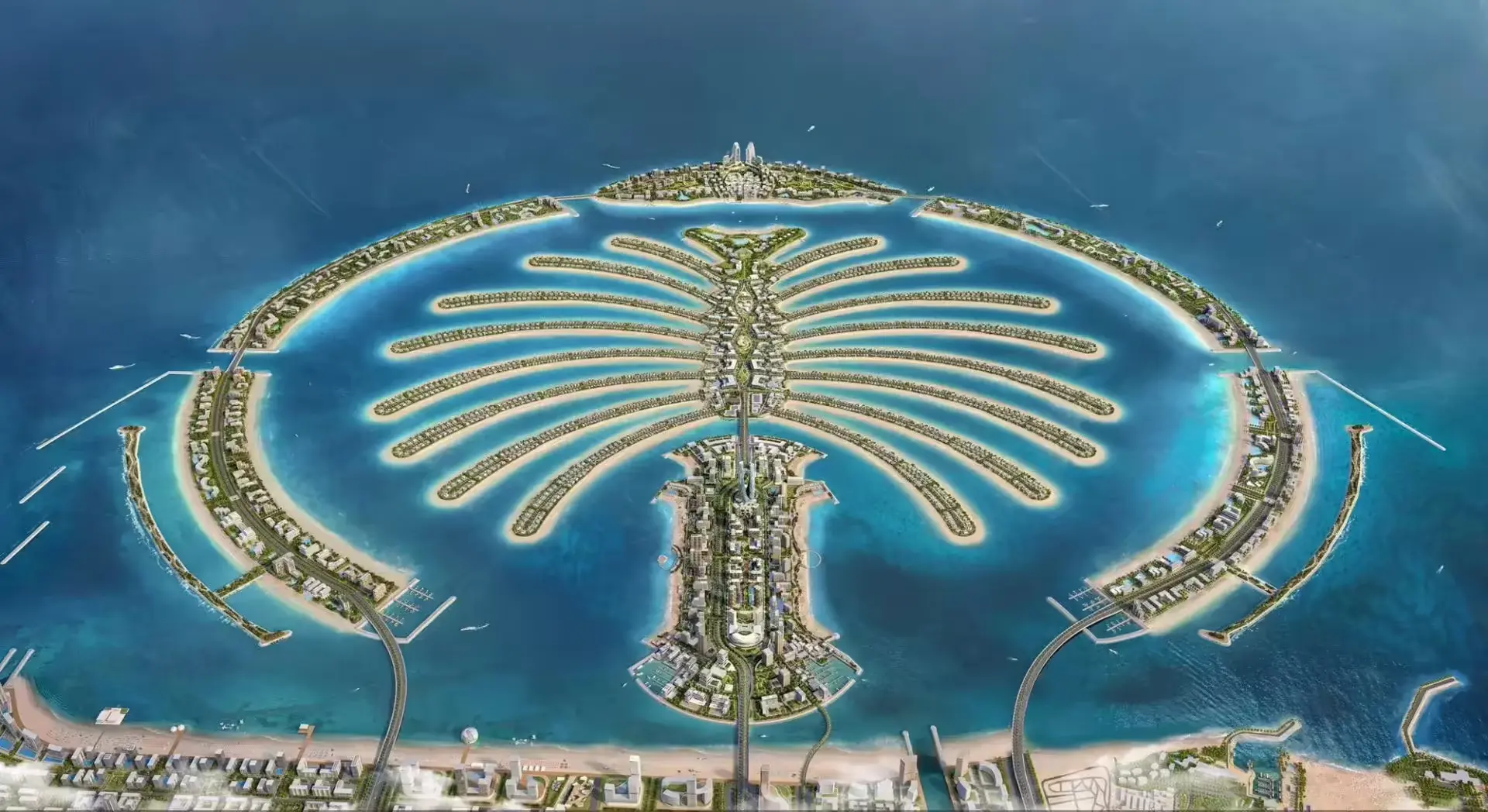قلعه الفهیدی
قدیمیترین معماری دبی که در سال ۱۷۸۱ ساخته شده است
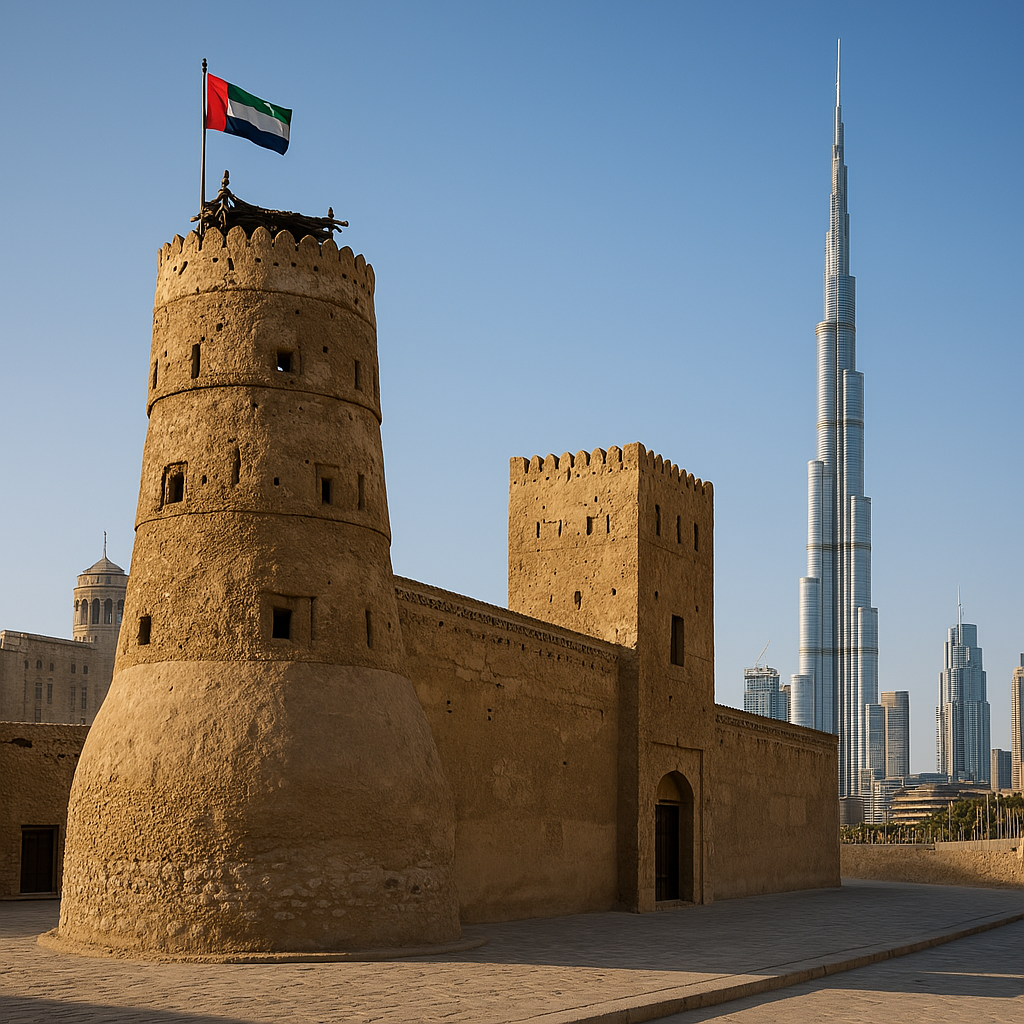

دبی به خاطر افق درخشان، آسمانخراشهای رکوردشکن و املاک و مستغلات لوکس خود مشهور است. اما آیا تا به حال فکر کردهاید که ساختمانهای دبی واقعاً چند سال قدمت دارند؟چه یک سرمایهگذار باشید، چه ساکن دبی، و چه صرفاً کنجکاو در مورد تحولات سریع این شهر، درک قدمت و طول عمر ساختمانهای دبی برای پیمایش بازار پویای املاک آن ضروری است.
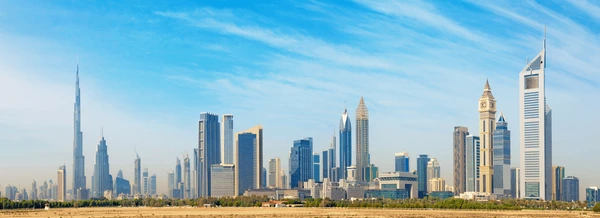
رشد سریع افق دبی
سفر دبی از یک بندر تجاری کوچک به یک کلانشهر جهانی، چیزی کمتر از یک شاهکار نبوده است. تا دهه ۱۹۷۰، بیشتر شهر دارای سازههای کم ارتفاع و برجهای بادی سنتی بود. اما رونق نفتی اواخر دهه ۱۹۶۰، دورانی از رشد انفجاری را آغاز کرد که هنوز هم ادامه دارد.
در نتیجه، بیشتر ساختمانهای نمادین دبی - از برجهای سر به فلک کشیده گرفته تا مراکز خرید وسیع - در گذشته ساخته شدهاند. ۳۰ تا ۵۰ سالدر مقایسه با بسیاری از پایتختهای جهان، سهام ساختمانسازی دبی به طرز چشمگیری جوان است.

میانگین سن ساختمانها در دبی
اکثر املاک مسکونی و تجاری در دبی کمتر از ۵۰ سال سنبسیاری از بناهای تاریخی شهر حتی جدیدتر هستند. برای مثال:
- برج خلیفهبلندترین ساختمان روی زمین، در سال ۲۰۱۰ تکمیل شد.
- ویلاها و آپارتمانهای پالم جمیرا از سال ۲۰۰۶ به بعد تحویل داده شدند.
- دبی ماریناکه اکنون یک مرکز مسکونی درجه یک است، توسعه خود را از اوایل دهه 2000 آغاز کرد.
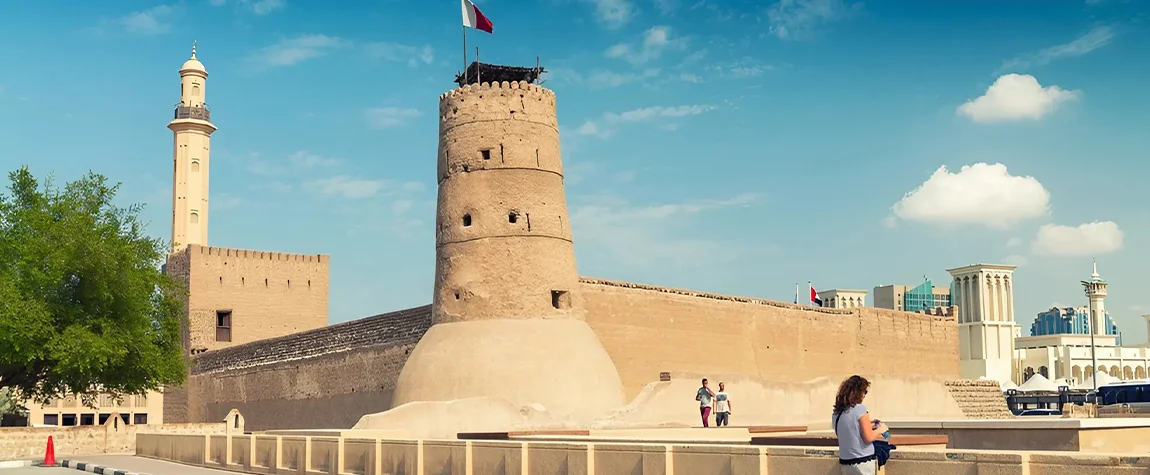
قدیمیترین بنای دبی: قلعه الفهیدی
دبی با وجود شهرتش به خاطر معماری مدرن، میزبان تعداد انگشتشماری از گنجینههای تاریخی نیز هست. قلعه الفهیدیاین بنا که در سال ۱۷۸۱ ساخته شده، قدیمیترین ساختمان شهر است. این بنا که در محله تاریخی الفهیدی واقع شده، اکنون موزه دبی را در خود جای داده و نگاهی جذاب به زندگی قبل از آسمانخراشها ارائه میدهد. با این حال، سازههای میراثی مانند این، استثنا هستند نه قاعده.
طول عمر ساختمانها در دبی چقدر است؟
یک سوال رایج بین خریداران و سرمایه گذاران این است که: ساختمانهای دبی برای چه مدت دوام طراحی شدهاند؟
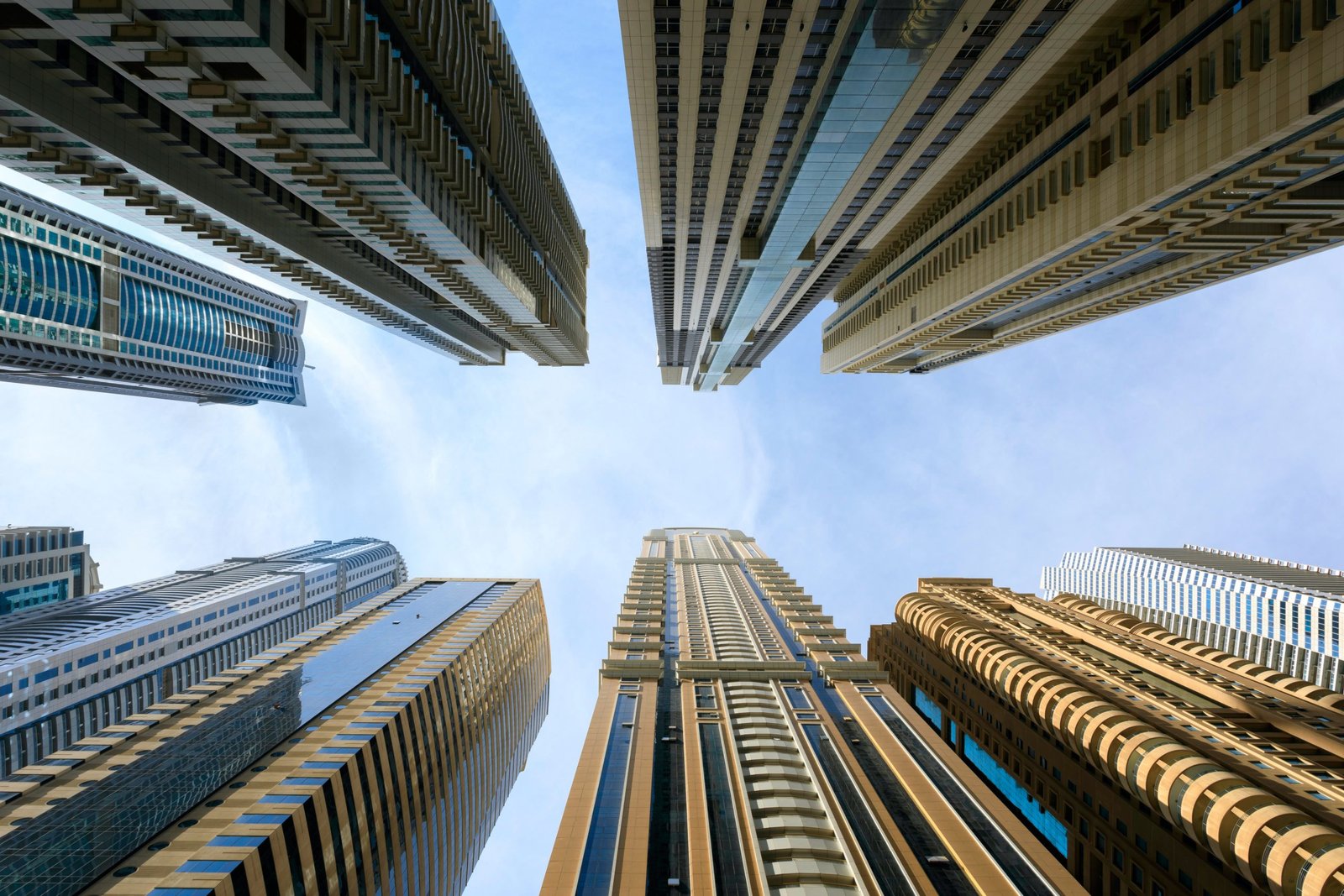
اگرچه ادعاهایی وجود دارد مبنی بر اینکه ساختمانها در دبی طوری طراحی شدهاند که فقط ۲۰ تا ۳۰ سال دوام بیاورند، اما این ... یک حد استاندارد یا تنظیمشده نیستچنین اعدادی ممکن است منعکس کننده شیوههای ساخت و ساز منسوخ شده یا پیشرفتهای بودجهای از دهههای گذشته باشد. در واقع، طول عمر ساختمان به چندین عامل مرتبط بستگی دارد:
برای ساختمانهای جدید در دبیبه خصوص ساختمانهای بلند بالای پنج طبقه، طول عمر معمول سازه معمولاً بین 20 تا 30 سال تخمین زده میشود. (بر اساس نظرات کارشناسان منتشر شده در سال ۲۰۱۹ توسط gulfnews)این مدت زمان نسبتاً کوتاه به دلیل عوامل مختلفی است:
- آب و هوای سخت: گرما و رطوبت شدید در دبی، فرسودگی مصالح ساختمانی را تسریع میکند و طول عمر آنها را در مقایسه با آب و هوای معتدل کاهش میدهد..
- شیوههای ساخت و ساز: استفاده از مصالح استاندارد (گاهی اوقات کمهزینهتر) و چرخههای ساخت سریع میتواند دوام را محدود کند، مگر اینکه از مصالح و روشهای با کیفیت بالاتر استفاده شود..
- تعمیر و نگهداری: نگهداری منظم و حرفهای بسیار مهم است. بدون آن، ساختمانها ممکن است سریعتر خراب شوند. ساختمانهای خوب نگهداری شده میتوانند از میانگین فراتر بروند، اما این همیشه یک هنجار نیست..
- روندهای نوسازی: بازار املاک و مستغلات دبی بسیار پویا است و مرتباً در حال بازسازی و ارتقاء است. بسیاری از ساختمانها پس از 20 تا 30 سال تخریب یا به طور گسترده بازسازی میشوند تا راه برای پروژههای جدید باز شود..
سازههای نمادین مانند برج خلیفه، استثنا هستند و طول عمر بتن پیشبینیشده حدود ۱۰۰ سال است، اما این برای اکثر برجهای مسکونی یا تجاری معمول نیست..
میانگین ساختمانهای بلند دبی: طول عمر مورد انتظار ۲۰ تا ۳۰ سال.
- برجهای برجسته (مثلاً برج خلیفه): تا ۱۰۰ سال، با نگهداری فشرده.
- طول عمر واقعی به موارد زیر بستگی دارد: کیفیت ساخت، مصالح، نگهداری و چرخههای توسعه مجدد مبتنی بر بازار.
چه چیزی طول عمر یک ساختمان در دبی را تعیین میکند؟
۱. کیفیت ساخت و مصالح
پروژههای ممتاز - به ویژه آنهایی که توسط توسعهدهندگان درجه یک ساخته میشوند - اغلب از مصالح درجه یک مانند بتن مسلح، فولاد مقاوم در برابر خوردگی و سیستمهای پیشرفته ضد آب استفاده میکنند. این سازهها با طول عمر ... ساخته میشوند. ۶۰ تا ۱۰۰ سالبه خصوص وقتی که با نگهداری و بهروزرسانیهای منظم همراه باشد.
۲. نگهداری و نوسازی
ساختمانها مانند سیستمهای مکانیکی هستند - آنها نیاز به مراقبت مداوم دارند. با بازرسیهای مناسب سازه، تمیز کردن نما، ارتقاء سیستمهای تهویه مطبوع و نگهداری مکانیکی، ساختمانها میتوانند بیش از ۵۰ سال کاملاً کاربردی و جذاب باقی بمانند. بسیاری از برجهای لوکس در مرکز دبی به جای تخریب، در حال بازسازی هستند.
۳. هدف طراحی و مقررات
ضوابط ساختمانی دبی به طور قابل توجهی تکامل یافتهاند. پروژههای مدرن تابع استانداردهای دقیق برنامهریزی، ایمنی و پایداری هستند. شهرداری دبی همچنین ساختمانهای قدیمیتر را به صورت دورهای از نظر ایمنی، قابلیت سکونت و پتانسیل توسعه مجدد ارزیابی میکند - نه صرفاً بر اساس قدمت.
۴. فرسودگی اقتصادی در مقابل فرسودگی ساختاری
بیشتر تخریبها در دبی نه به دلیل فرسودگی سازه، بلکه به این دلیل رخ میدهد که ارزش اقتصادی یک مکان از عملکرد ساختمان موجود پیشی میگیرد. ساختمانهای قدیمیتر در مناطق درجه یک اغلب برای به حداکثر رساندن استفاده از زمین و برآورده کردن انتظارات در حال تغییر سبک زندگی، بازسازی میشوند - نه به این دلیل که ناامن هستند.
نمونههایی از ماندگاری در بازار دبی
- برجهای لوکس در DIFC، دبی مارینا و پالم جمیراکه در اوایل دهه ۲۰۰۰ ساخته شدهاند، همچنان از نظر ساختاری و مالی عملکرد خوبی دارند.
- برج خلیفهبا طول عمر بالا طراحی شده است ۱۰۰+ سال، گواهی بر تعهد دبی به تعالی مهندسی است.
- مناطق میراثی مانند الفهیدیاین شهر که میزبان ساختمانهایی است که پس از بیش از ۵۰ سال بازسازی شدهاند، اهمیت حفاظت از بناها را نسبت به تخریب آنها نشان میدهد.
خلاصه: آنچه باید انتظار داشته باشید
| نوع ملک | طول عمر معمول (با نگهداری) |
|---|---|
| ساختمانهای اقتصادی/با مشخصات فنی پایین | ۲۵ تا ۴۰ سال |
| توسعههای میانرده | ۴۰ تا ۶۰ سال |
| پروژههای لوکس و سطح بالا | ۶۰ تا ۱۰۰ سال به بالا |
| سازههای شاخص و نمادین | ۱۰۰+ سال (با بازسازی کامل) |
برای سرمایهگذاران، این به معنای در نظر گرفتن احتمال بازسازیهای اساسی یا توسعه مجدد پس از ۲۰ تا ۳۰ سال و درک این نکته است که ارزش ملک ارتباط نزدیکی با قدمت، موقعیت مکانی و سابقه نگهداری ساختمان دارد.
چرا ساختمانهای دبی اینقدر جوان هستند؟
سهام ساختمانهای نسبتاً جوان دبی نتیجه چندین عامل منحصر به فرد است:
- شهرنشینی اخیر: توسعه مدرن تنها در دهه ۱۹۷۰ آغاز شد. قبل از آن، این شهر زیرساختهای محدودی داشت.
- توسعه مجدد مداوم: ساختمانهای قدیمی اغلب تخریب میشوند تا راه برای پروژههای سودآورتر و پیشرفتهتر باز شود.
- سلیقهها و فناوریهای در حال تکامل: روندها و فناوریهای جدید، ارتقاء و جایگزینی مداوم را به دنبال دارند.
- آب و هوای سخت: آب و هوای گرم، مرطوب و شنی دبی، فرسودگی و خرابی را تسریع میکند و همین امر، تعمیر و نگهداری را ضروری میسازد.
سن ساختمان برای خریداران و سرمایهگذاران به چه معناست؟
برای هر کسی که وارد بازار املاک دبی میشود، سن ساختمان پیامدهای مهمی دارد:
- ساختمانهای جدیدتر ویژگی طراحی معاصر، سیستمهای کممصرف و امکانات رفاهی مدرن اما عموماً کوچکتر از نمونههای قدیمیتر.
- ساختمانهای قدیمیتر میتواند بیشتر ارائه دهد طرح بندی های جادار و مکانهای تثبیتشده اما ممکن است نیاز به نگهداری بیشتری داشته باشند.
- املاک میراثیخانههای ویلایی، مانند خانههای الفهیدی، نادر هستند و معمولاً به عنوان بناهای تاریخی فرهنگی و نه گزینههای مسکونی نگهداری میشوند.
همچنین دانستن این نکته که مقررات املاک و مستغلات دبی، توسعهدهندگان و مالکان را ملزم به حفظ استانداردهای بالا میکند، اطمینانبخش است. بازرسیهای منظم، تعمیرات و ارتقاء به افزایش طول عمر اکثر املاک کمک میکند.
آینده: ساخت و ساز پایدار و ماندگار
دبی به طور فزایندهای بر پایداری و ارزش بلندمدت تمرکز دارد. پروژههای جدید شامل استانداردهای ساختمان سبز, مواد بادوام، و فناوریهای هوشمند که نوید طول عمر بیشتر و هزینههای نگهداری کمتر را میدهند. این تغییر، نسل جدیدی از ساختمانها را ایجاد میکند که برای دوام آوردن در آینده طراحی شدهاند.
در نهایت، قابل توجه است که طول عمر اکثر ساختمانها در دبی به طور متوسط ۵۰ سال است. رشد سریع شهر، توسعه مجدد مداوم و آب و هوای منحصر به فرد آن به این معنی است که خط افق آن همیشه در حال تحول است. برای خریداران و سرمایهگذاران املاک، درک سن و طول عمر مورد انتظار ساختمانها برای تصمیمگیریهای هوشمندانه ضروری است.
چه به دنبال یک آپارتمان مدرن در مرکز شهر دبی باشید و چه به دنبال یک ویلای ساحلی در پالم جمیرا، دانستن داستان پشت ساختمانهای دبی به شما کمک میکند تا پیشرفت چشمگیر این شهر را درک کنید و جایگاه خود را در یکی از پویاترین بازارهای املاک و مستغلات جهان برنامهریزی کنید. مشاور املاک، ما متعهد هستیم که با شخصیسازی بینظیر و چشماندازی آیندهنگر و بلندمدت، به شما در دستیابی به اهداف سرمایهگذاریتان کمک کنیم.


